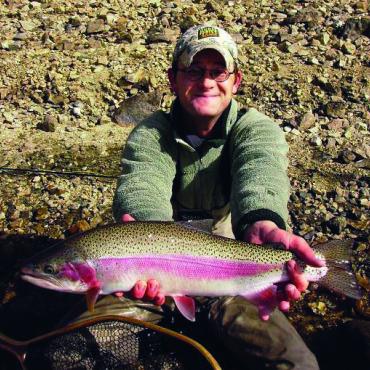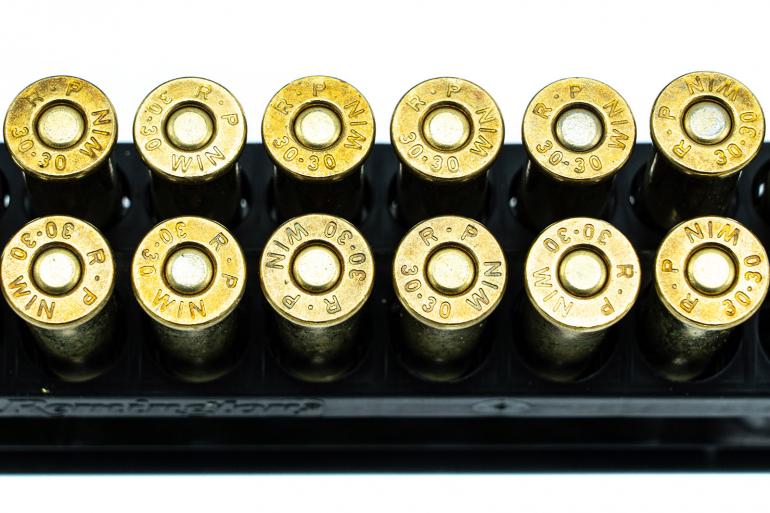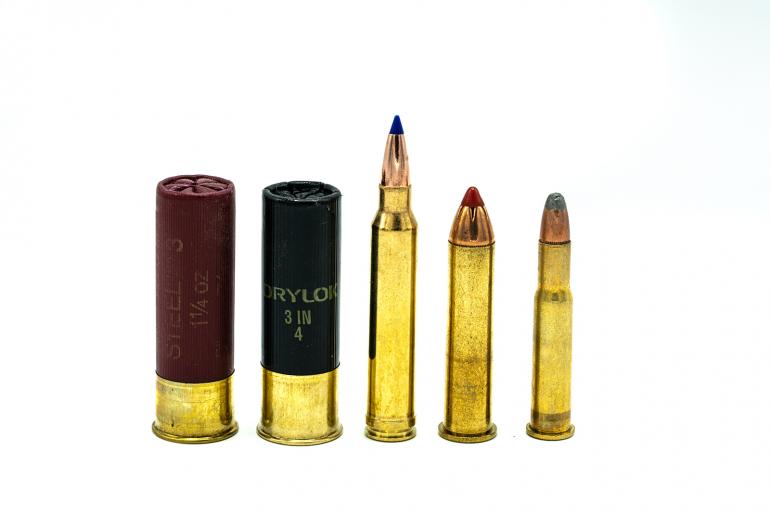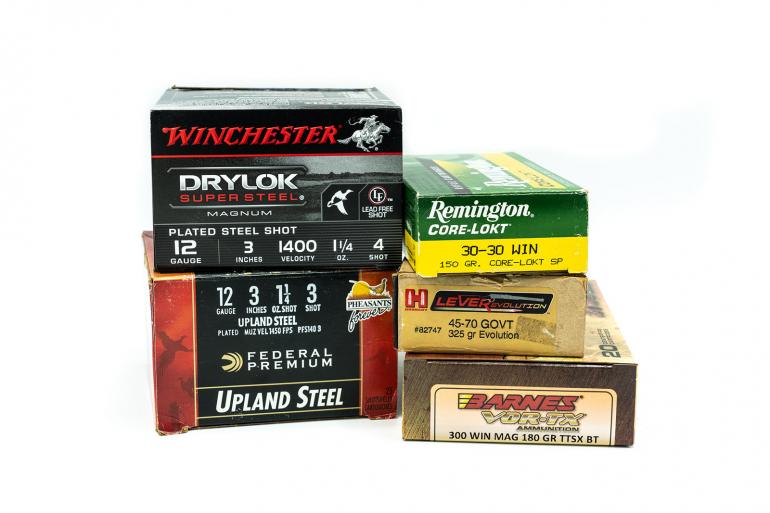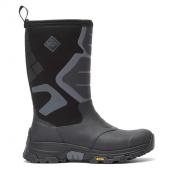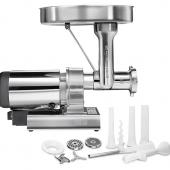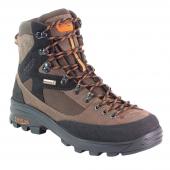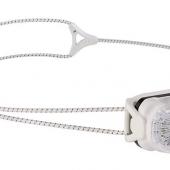Knowing the Nomenclature
A guide to picking the right ammo.
Entering the world of firearms and ammunition can be intimidating for first-time hunters and shooters. Many people become interested in these activities later in life and lack a familiar background. Indeed, in a field where there are countless types of guns, calibers, and gauges, just finding a place to start can be daunting. Fortunately, understanding firearms and ammunition is less complicated than it seems. If you’re a novice, keep it simple, and begin at the beginning.
Bullet, Casing & Cartridge
A bullet is the metal projectile being fired. The casing is the unit that holds the powder and primer that allow the controlled explosion, which fires the bullet. As a whole, the bullet, powder, primer, and casing are a cartridge.
Centerfire vs. Rimfire
The difference between rimfire and centerfire cartridges is that a rimfire’s primer is built into the rim of the casing. Conversely, the centerfire’s primer fits dead-center in the base of the casing. Centerfire casings can be reloaded; rimfire casings cannot.
Caliber
For rifles and handguns, the caliber is simply the diameter of the barrel and thus the diameter of the bullet being fired through it. This measurement is usually expressed in hundredths of an inch or in millimeters. For example, a 30-caliber bullet is 0.30 inches in diameter.
Gauge
Shotguns are classified by their gauge. This is determined by the number of lead spheres—of equal size to the shotgun barrel’s diameter (bore)—that would weigh one pound in total. For example, it would take 12 lead balls with the same diameter as a 12-gauge bore to weigh one pound.
Shot & Shells
Shotguns use shells, as opposed to rifles, which use cartridges. Shot is a collection of metallic spheres that are packed into a wad, and then packed onto the powder and primer. This whole unit is called a shell.
When it comes to entering the world of hunting and shooting, there is no substitute for education and mentorship. Before walking into the gun shop, take a hunter-education course, and try to attend some type of course at a local shooting range. For more information, visit fwp.mt.gov or montanatactical.com.
Kurt Dehmer owns Durty Kurty’s Guide Service.


